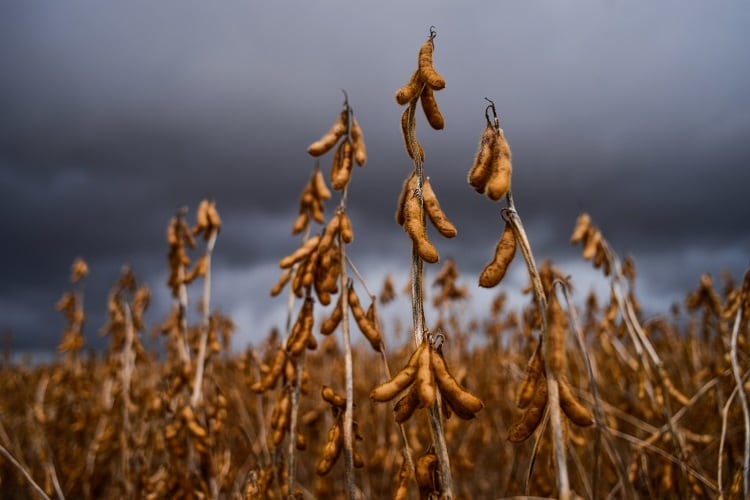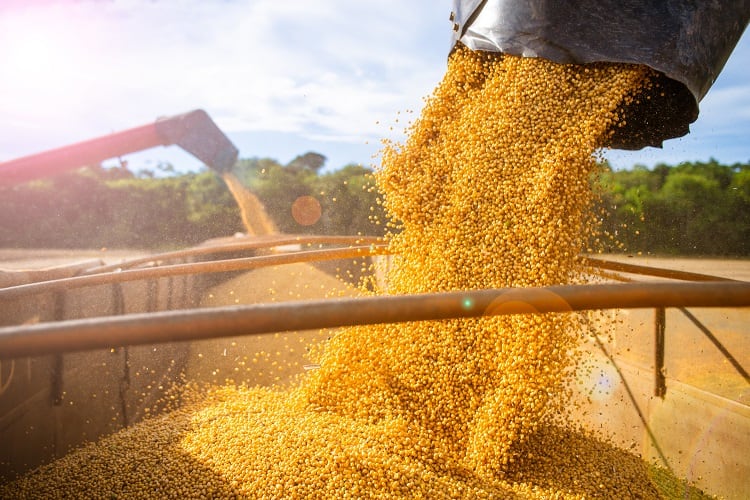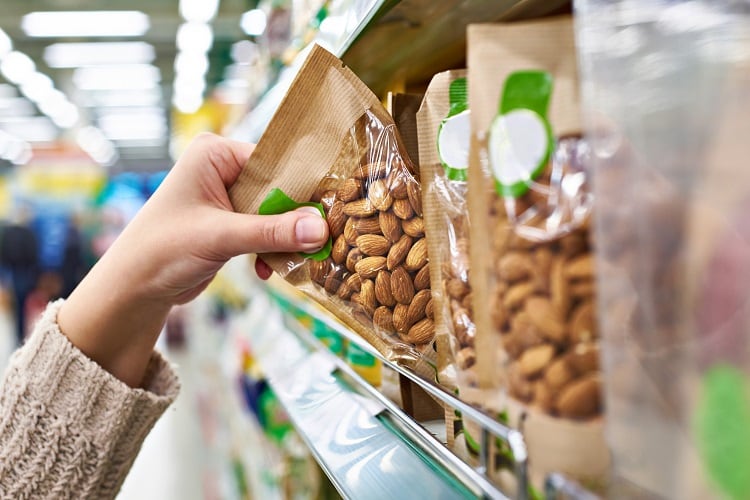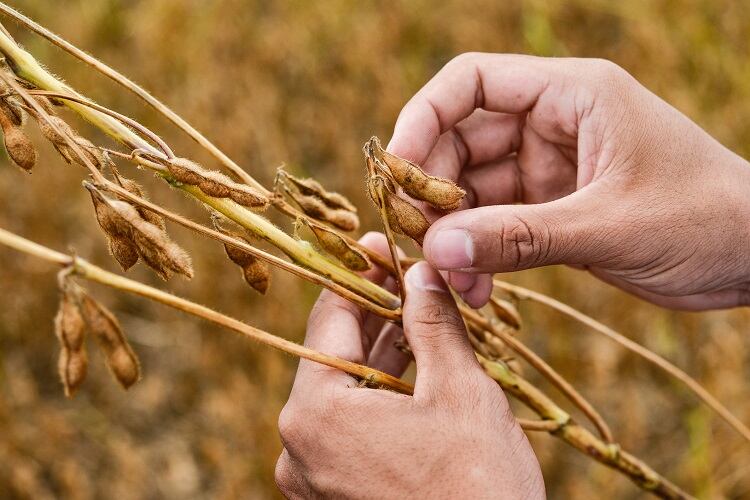Unsustainably sourced palm oil has earned itself a bad reputation. When production is unregulated, the soft commodity contributes to climate change, deforestation, and biodiversity loss – and is the leading cause of orang-utan extinction in the tropics.
However, consumers appear to make these negative associations for all palm oil across the board – whether sustainably sourced, or not.
Self-imposed bans on palm oil by Selfridges and Iceland last year, which saw both UK retailers pledge to eliminate the commodity from their own-label products, appeared to add fuel to the fire.
In an advertising campaign launched by Iceland to announce the ban, a frightened, displaced orang-utan appeals for help. “Until all palm oil causes zero rainforest destruction, we’re removing palm oil from all our own label products,” the retailer stated.
Of course, by boycotting palm oil, the retailers are also boycotting sustainably sourced palm oil, which could see the use of replacement ingredients, such as coconut oil, putting pressure on other producing regions and communities.
Soy is similar to palm oil in many ways. Just as palm oil features in over 50% of all supermarket products, both in food and non-food categories, soy is also a widely used ingredient. And when unregulated, soy production can have disastrous effects on the environment.
Yet from the consumer perspective, soy is not ‘demonised’ to the same extent. FoodNavigator hears from Nestlé, the World Wildlife Fund (WWF) UK, Lidl and the Roundtable on Sustainable Palm Oil (RSPO) to find out why, and what can be done to ensure soy does not suffer the same fate.
Awareness of the ‘hidden’ ingredient
Soy, more so than palm oil, is a ‘hidden commodity’. In food, soy serves as a key source of protein, and when pressed, the extracted oil can be used for cooking. Processed soybean oil is also used in printing inks, oil paints, and as an emulsifier in cosmetics.
However, soy is most hidden when it does not appear on the back-of-pack ingredients list, despite playing an integral role in production.
Ninety percent of all soy imported into Europe is used as animal feed. When cows and chickens consume soy, and then produce milk and eggs, soy becomes indirectly associated with those products.
“Soy is really a hidden commodity. It is not really in the consumers’ mind – it is more often [spoken about] in expert discussions around soy,” said Judith Kontny, who heads up corporate responsibility at Lidl. “And this is what we want to change.”
Last year, Lidl became the first UK supermarket retailer to commit to sustainable, zero-deforestation soy in its own-label products. Since making the pledge, Lidl has been educating consumers about soy in an effort to raise awareness and ultimately stamp out unsustainable sourcing.
Food giant Nestlé uses soy in a wide range of products. Directly, soy is a primary ingredient in the company’s pet food brands, as well as in its Garden Gourmet vegetarian range for human consumption. Indirectly, soy is used to feed cows that produce dairy products for a great number of Nestlé products – including its confectionery brands.
“There might be a higher awareness for those [consumers] who want to go vegetarian, who know that tofu is soy-based, but…what about all the other products?” asked Nestlé’s global sourcing lead for cereals, sugar and soya, Madeleine Eilert, at the Round Table for Responsible Soy (RTRS) annual conference this month.
“It’s like palm oil, right? No one really knew that almost everything – shampoo, lipstick, everything – contains palm oil, and this might be the same with soy.
“If consumers really get the link between deforestation, that there is more deforestation happening for soy than for palm oil, will this have a ‘palm oil effect’?” she continued.
The case of the ‘cute fluffy orang-utan’
Deforestation associated with unsustainable palm oil production has led to loss of habitat for a number of species, including the orang-utan. Campaigns to save the charismatic animal from extinction have done much to warn consumers about the harmful effects of deforestation in the tropics.
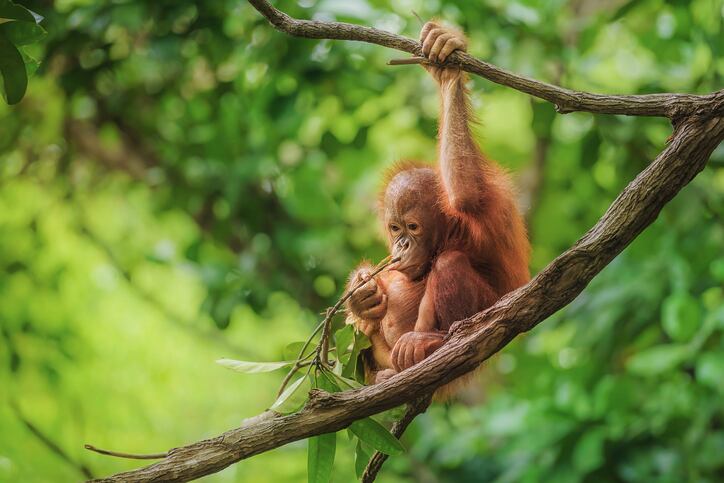
Irresponsible soy production, despite being a leading cause of deforestation and biodiversity loss in the Amazon, has yet to be so widely associated with one distinct animal. However, according to WWF, vulnerable species in Argentina and Brazil – many of which are found nowhere else in the world – are at high risk of extinction.
“As these ecosystems are lost [to soy deforestation], so are the wildlife they support and the vital ecological services they provide, like clean water, carbon sequestration and healthy soils. Species that are threatened include the jaguar, maned wolf and giant anteater, but also many other plants and animals that are unique to the [South American regions of] Cerrado and Chaco,” according to WWF.
So why hasn’t irresponsible soy production been so publicly linked to animal extinction risk? While industry may not have the answers just yet, Nestlé’s Eilert suggested that by avoiding such strong links, unsustainable soy may also be avoiding public demonization.
“There are many endangered species in the Cerrado and in the Amazon forest. Why hasn’t it been taken up by consumers yet? There are so many fantastic animals that are almost extinct already,” she said.
“Maybe it’s because there is not this cute fluffy orang-utan that consumers identify with. Maybe that’s it, maybe not. Or [maybe] it’s just because things have kept quiet, or that [soy] is mostly used in feed production. [For consumers], it’s not that obvious.”
Whatever the cause, the result is a lack of awareness. “We ask the question when speaking with other companies,” Eilert revealed. “Why hasn’t soy achieved the same attention yet on the consumer side?”
Marketing sustainable soy
Unfortunately for sustainable soy producers, traders, suppliers, and FMCGs, lack of awareness appears to be linked to lack of demand.
Global soy production is estimated at close to 250m metric tonnes per year – with the US, Brazil and Argentina accounting for approximately 80% of that figure. Yet just two percent of the global soy market adheres to RTRS’ zero deforestation and conversion standards, with supply of responsibly sourced soy outstripping demand.
According to Emma Keller, who heads up the food commodities division at WWF UK, “it is going to take a long, long time for consumers to demand sustainable soy”. Yet this should not stop industry from proactively increasing awareness in the meantime.
“There is always room for more consumer engagement,” she told industry delegates at the RTRS conference. “So while they won’t demand responsible soy from you, they will demand that you are a responsible actor. That you are a steward of the environment, of the land, of the products you are buying.
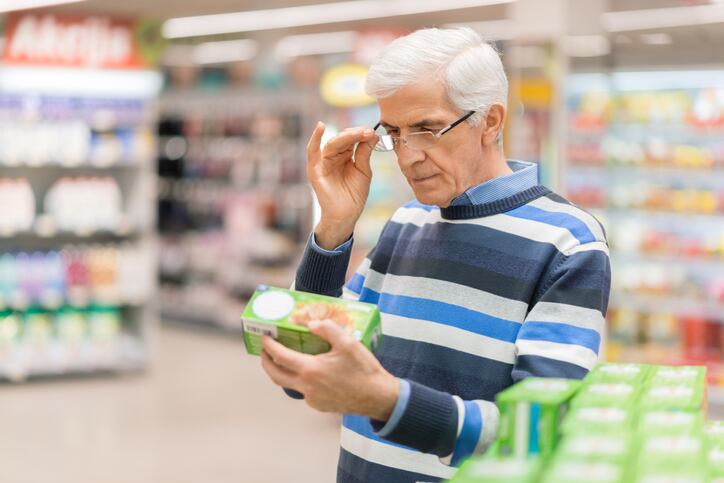
“They won’t ask you for responsible soy and they won’t thank you for doing it, but they’ll certainly punish you if you don’t do it.”
Keller continued: “We need to be clear that demand for responsible soy is a long way off, but in the meantime, let’s take care of it before consumers really do catch on and then punish us for it.”
One way that FMCGs can help build awareness, and hopefully encourage increased demand, is by marketing soy-related products as such. However, if a product contains a minimal amount of soybean oil, or contains indirect soy only, is that something that brands will want to do?
Nestlé’s KitKat chocolate bar, for example, contains milk powder from dairy supplier FrieslandCampina. The dairy cooperative makes and sells products that come from cows fed on 100% responsibly sourced soy.
“I’m not a sales and marketing person, but soy is a very, very hidden ingredient in a KitKat – and in most of the [confectionery] products,” said Nestlé’s Eilert. “I’m not sure that an RTRS logo on pack…would necessarily help.”
Telling the sustainability story
Rather than raise awareness on product packaging, where soy content is either minimal or indirectly present, Eilert suggested brands should bring consumers into the sustainability story.
“You need to tell the story on the website or perhaps [through] working with retailers. [It] is important for consumers to see the [farmer’s] face behind the product.” Such resources should help consumers understand why the farmer is engaging in [sustainable methods] and why they believe this is the right way forward, she continued.
“We have to become better at telling stories. We do this a lot for coffee and cocoa, not so much for other categories yet,” Eilert added, suggesting that together with retailers and non-government organisations, FMCGs can “really educate” consumers “to make sure they know how products are grown”.
Many consumers are disconnected from food production, she continued. “They are just buying finished products, but they don’t necessarily know that a cow was fed with soy to produce milk. This is a story that we can tell better.”
Inke van der Sluijs, who heads up European operations at the RSPO, similarly suggested that proactive storytelling could play a role in saving soy’s public image.
While van der Sluijs was not convinced that soy could avoid attracting palm oil’s demonised reputation, if able to wind back the clock, she would “communicate more” about the RSPO’s efforts. “I think positive stories are hard to get published, but they need to be published. Make sure they go out.
“At the same time, palm also suffers from competition – [there are] other actors demonising this crop,” she told delegates. “And it’s very, very hard to change that. I doubt we can change that.
“But if you can, change your practices and share your stories before you are targeted. At that point, [it’s] too late. Reactive responses don’t work well, so publish before the media is on it.”


